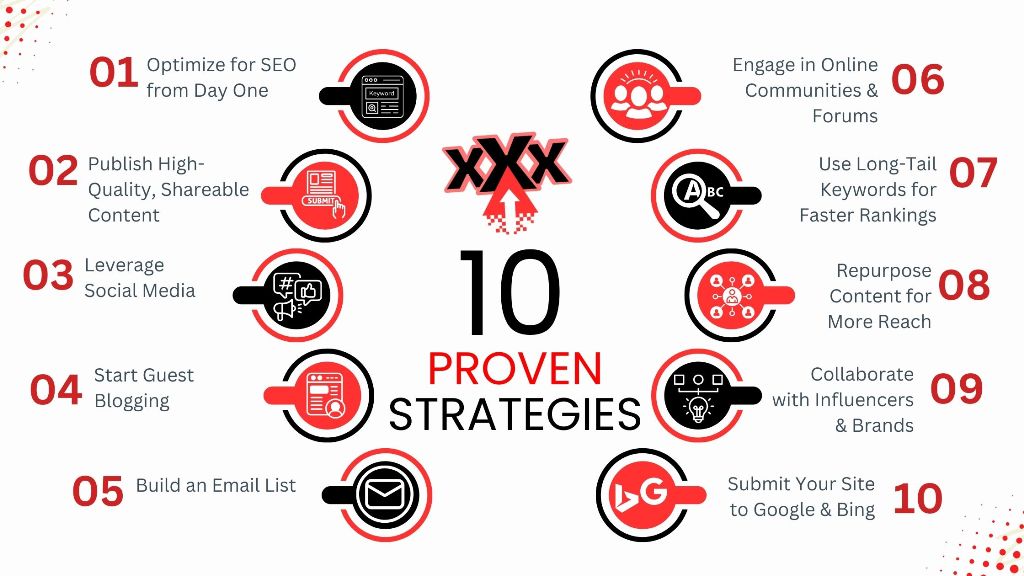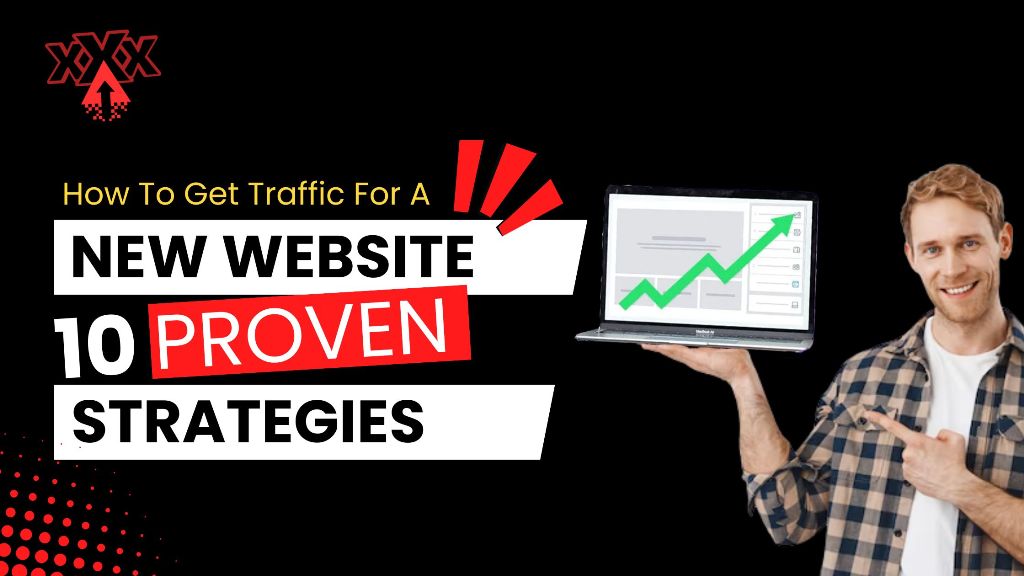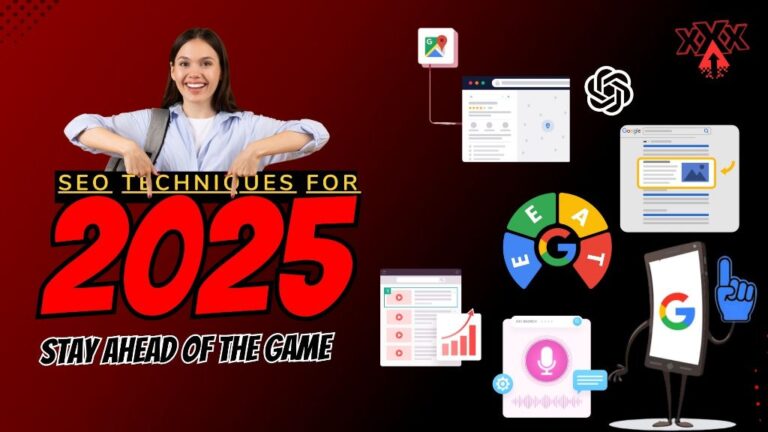Launching a new website is exciting, but getting visitors can feel like an uphill battle. With millions of sites competing for attention, how do you drive traffic and make your website stand out? Here are 10 proven strategies to get traffic to your new website—without relying on paid ads.
1. Optimize for SEO from Day One
Search Engine Optimization (SEO) is a long-term game, but starting early helps your site rank faster.
🔹 Keyword Research – Use tools like Google Keyword Planner or Ubersuggest to find low-competition keywords.
🔹 On-Page SEO – Optimize title tags, meta descriptions, headings, and image alt texts.
🔹 Internal Linking – Link to other pages on your site to boost navigation and SEO.
🔹 Mobile Optimization – Ensure your site loads fast and looks great on mobile devices.
Pro Tip: Use tools like Google Search Console to monitor your site’s performance and fix any indexing issues.
2. Publish High-Quality, Shareable Content
Great content attracts organic traffic and encourages sharing.
🔹 Write long-form, valuable blog posts (1,500+ words tend to rank better).
🔹 Use visuals like infographics and videos to boost engagement.
🔹 Answer common questions in your industry to attract searches.
Example: If your website is about fitness, a blog post like “The Best 10-Minute Workouts for Busy People” can bring in organic traffic.
3. Leverage Social Media
Social media is a free and powerful way to drive traffic to your site.
🔹 Choose the right platforms – LinkedIn for B2B, Instagram and TikTok for lifestyle brands, Twitter for news and tech.
🔹 Post consistently – Share blog posts, updates, and engaging content.
🔹 Join relevant groups – Facebook Groups, LinkedIn Communities, and Reddit can drive niche traffic.
🔹 Use social sharing buttons – Make it easy for visitors to share your content.
Pro Tip: Use hashtags and trends to increase visibility on social platforms.
Must Read: Common SEO Mistakes (and How to Fix Them!)
4. Start Guest Blogging
Writing for established websites in your niche helps you get backlinks and traffic.
🔹 Find blogs that accept guest posts (search “write for us [your industry]”).
🔹 Provide valuable, original content with a link to your website.
🔹 Focus on high-authority sites for better SEO benefits.
Bonus: If you can’t guest post, leave insightful comments on blogs to drive curiosity about your brand.
5. Build an Email List
Email marketing is one of the highest-converting traffic sources.
🔹 Offer a freebie (like an eBook, discount, or checklist) in exchange for an email.
🔹 Use pop-ups and signup forms on your site.
🔹 Send regular newsletters with valuable content and site updates.
Example: A travel blog can offer a “Free Travel Packing Checklist” to collect emails.

6. Engage in Online Communities & Forums
People are already looking for answers—be the one to provide them.
🔹 Quora & Reddit – Answer questions with valuable insights and link to your site where relevant.
🔹 Niche Facebook Groups – Share helpful content (without spamming).
🔹 Industry Forums – Participate in discussions to establish credibility.
Pro Tip: Use Google to find forums. Example: “best SEO forums” or “marketing communities”.
7. Use Long-Tail Keywords for Faster Rankings
New websites struggle to rank for competitive keywords, so target long-tail keywords (3+ words).
🔹 Example: Instead of targeting “SEO tips”, go for “SEO tips for small businesses in 2025”.
🔹 Use Google’s “People Also Ask” section to find questions people search for.
🔹 Write blog posts around these queries to rank faster.
Bonus: Long-tail keywords usually bring in higher-converting traffic because they match user intent better.
8. Repurpose Content for More Reach
One blog post can turn into multiple pieces of content across platforms.
🔹 Turn a blog post into a YouTube video or TikTok clip.
🔹 Create an infographic summarizing key points for Pinterest.
🔹 Break it into LinkedIn posts or Twitter threads.
🔹 Use quotes for Instagram carousels.
Example: If you wrote a blog on “10 Ways to Get More Website Traffic”, turn it into a LinkedIn carousel post summarizing the steps.
9. Collaborate with Influencers & Brands
Partnering with others can quickly expose your site to a larger audience.
🔹 Micro-Influencer Marketing – Find small influencers who align with your niche.
🔹 Co-Host Webinars or Podcasts – Appear as a guest on podcasts to share your expertise.
🔹 Cross-Promotion – Partner with other brands to share each other’s content.
Pro Tip: Use tools like BuzzSumo or Upfluence to find influencers in your industry.
10. Submit Your Site to Google & Bing
If search engines don’t know your site exists, they won’t rank it.
🔹 Submit your site to Google Search Console.
🔹 Submit a sitemap for better indexing.
🔹 Use Bing Webmaster Tools to get traffic from Microsoft’s search engine.
Bonus: Use Google My Business if you have a local business to improve local search rankings.
Final Thoughts
Getting traffic to a new website takes time, but consistency is key. Focus on SEO, content marketing, social media, and networking, and you’ll start seeing steady growth.
🔥 Which of these strategies are you using for your new website? Let me know in the comments! 🚀
Also Read: Google Core algorithm updates on Adult SEO



